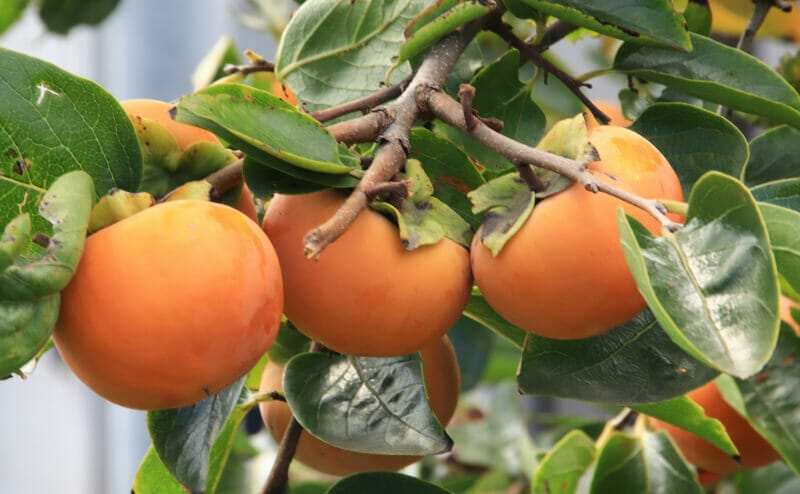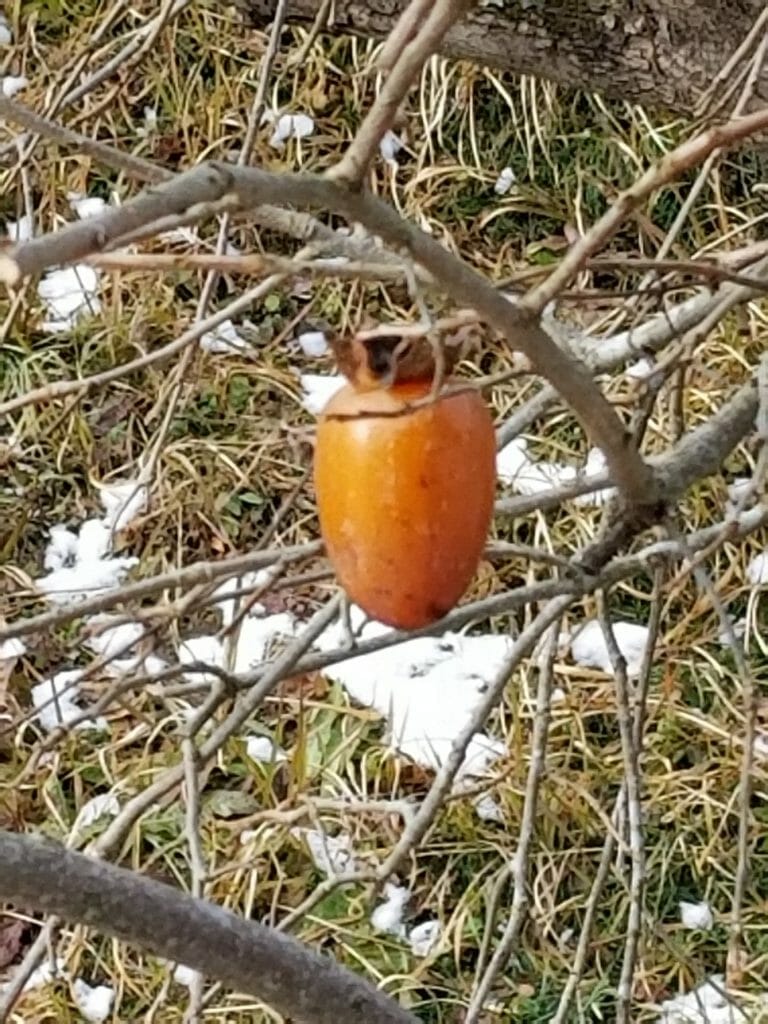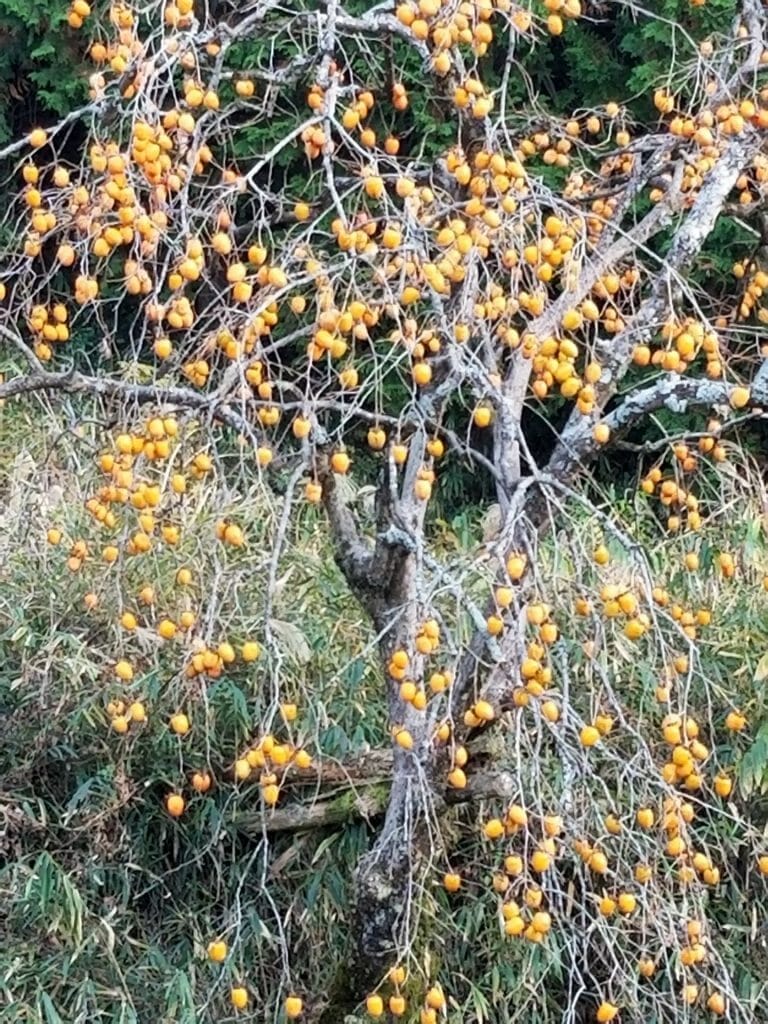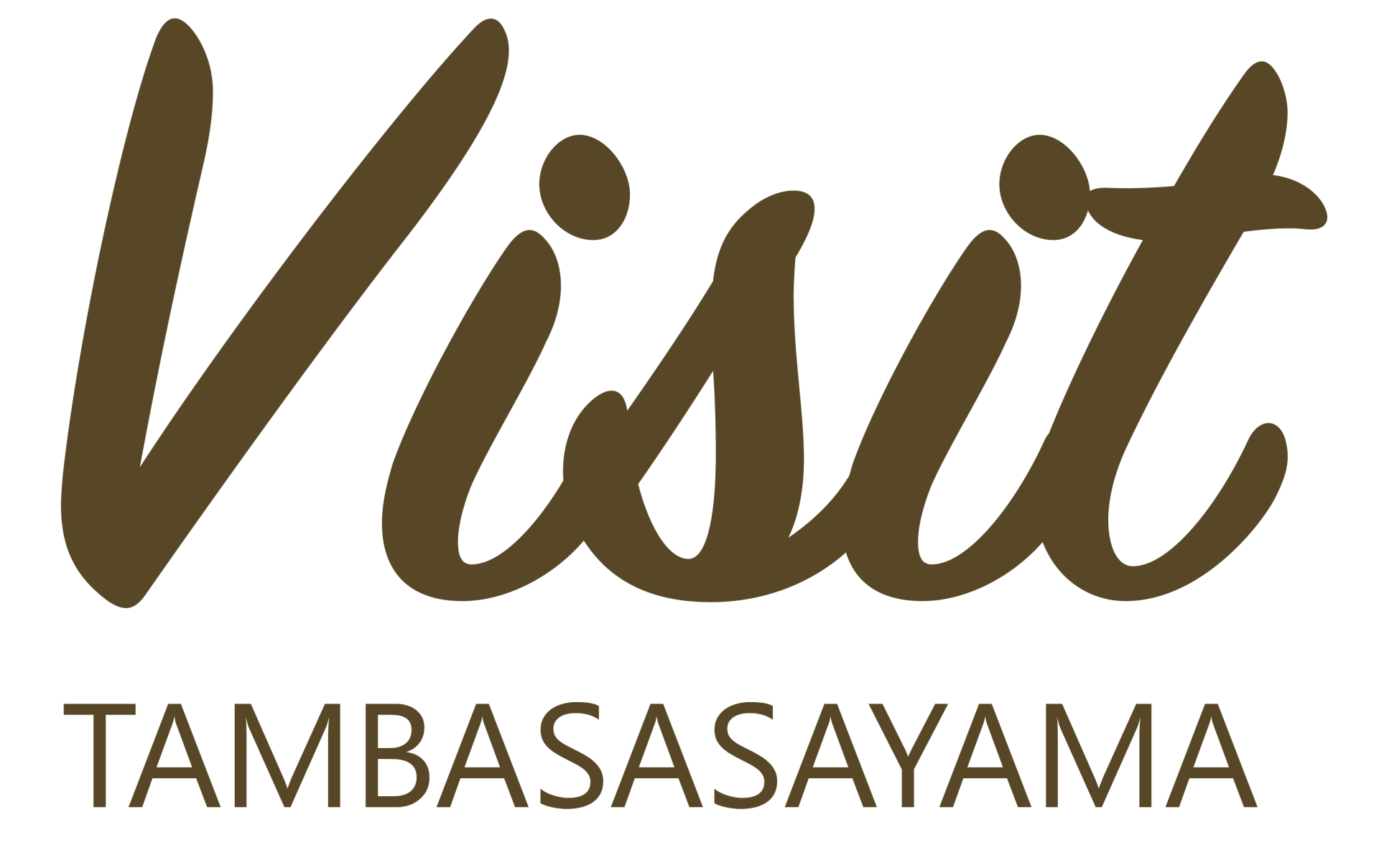Persimmons- Wild fruit in Japan?

Coming from England, where persimmons are a rare fruit, it was surprising to me while traveling in different parts of Japan how ubiquitous they are here. It seemed to me they were everywhere! Then I learned an important fact, there are (at least) two basic kinds of persimmons, the edible type and what are called here, ‘shibu-gaki’ or astringent persimmons. Once you try one of those astringent type you realize why no one eats them, at least not straight from the tree. They are hard to swallow and the after effect/ taste is absolutely terrible. Reminding me of the old saying, “Once bitten, twice shy” or something along that line. So, why are they all over Japan? As another old saying goes, “If you end up with a lemon, make lemonade out of it”! Meaning, if you are left with something that appears to be negative or useless, find some way to turn that around and make it useful! And that’s what happens to many of the ‘shibugaki’, they are dried and turned into a delicious dried fruit. This is done on a family level as well as on a business level. I have tried the ‘personal’ level, peeling the persimmons and hanging them up in a sunny spot protected from the rain, usually on a long pole hung just under the eves of the house roof, as you may see on many houses all over Japan in the Autumn season. This is a tricky endeavor, not for an amateur like me, as the persimmons are easily affected by the weather and climate, going green with mold and inedible quite easily if the weather is too warm or the location isn’t suitable. Again, if the location or weather is too cold, the fruit doesn’t ripen properly and comes out tough, excessively dry and not sweet at all.

However, there is an another easier route that I have taken before. When I lived in a rural area of Kumamoto City, on Kyushu Island, we had 3 very large persimmon trees in our back garden that towered over our 2 story house. In the late summer I was contemplating what to do with the hundreds of persimmons that would be ready in a month or two. I was partly concerned for the roof of the house, as some of the persimmons looked very large and were hanging above the roof. They were much too high to be picked by hand, so what to do? It was around that time that we had a friendly visit from a local company that produce dried persimmons. They offered to safely pick all the persimmons for us in exchange for a couple of packages of the finished product. ‘Voila’, as the french say, my problem was solved. I would do nothing and in return I’d get some of those delicious dried persimmons. It was the perfect solution. So, on an unexpected autumn day a small team of elderly people came from the company, equipped with long extendable poles, complete with a cutter tool and a basket. They skillfully trimmed all the persimmons from the trees in what seemed like no time and were gone. A month or so later they rang on the door bell cheerfully presenting us with the dried persimmons, explaining that the dried fruits included persimmons from our garden. Whether they did or not I couldn’t tell, but I was happy to take their word for it. Our family enjoyed the dried fruit and decided it was a very ‘fruitful’ endeavor for us. Unfortunately, before the next season we had moved on from that location to another part of Japan. I don’t know what happened to the persimmons that following season. Perhaps the next occupier made a similar deal with the folks who seemed very familiar with those trees. It’s quite possible that instead of having their own extensive orchards the company makes use of the numerous trees in private gardens in the area.
I have included here some photos of ‘wild’ persimmons from my area of Oyama, here in Tamba Sasayama. These trees that either have been long abandoned or are on public property, where no one claims them except the birds, who eagerly wait and watch as each one turns ripe enough to eat, just before they drop! I hope in your travels through Japan you’ll enjoy viewing the persimmons along the way.















